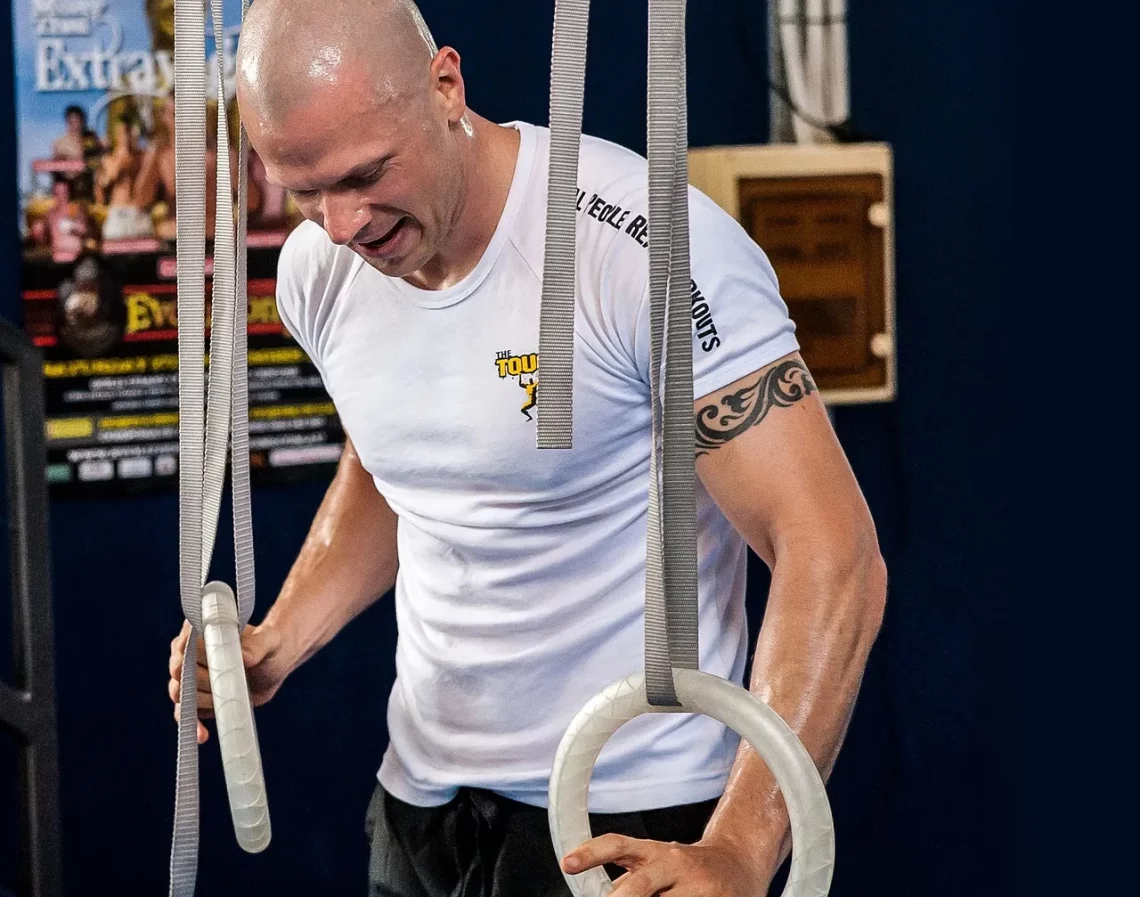
The Ultimate Guide to Choosing the Right Guy Waist Trainer
Waist trainers have gained significant popularity among those aiming to enhance their physique. Designed to shape the waist and promote a more toned appearance, these garments have become a staple in many fitness routines. For men, the quest for the right waist trainer can be particularly challenging, given the variety of options available in the market. Choosing the right one is crucial not only for comfort but also for achieving desired results.
While waist trainers are often associated with women, they can also provide benefits for men looking to achieve a slimmer silhouette. The concept of waist training is rooted in the idea of creating a more defined waistline, which can enhance body proportions and boost confidence. However, the effectiveness of a waist trainer depends on selecting the appropriate fit and style. With various materials, designs, and sizes to consider, understanding what to look for can make a significant difference in your waist-training journey.
In this guide, we will explore several key factors to consider when choosing a waist trainer for men. From understanding your body type to evaluating the materials used, making an informed decision will help you maximize the benefits of waist training. Let’s delve into the essential aspects that will aid you in finding the perfect product tailored to your needs.
Understanding Your Body Type
Before diving into the specifics of waist trainers, it’s essential to have a clear understanding of your body type. Everyone’s physique is unique, and waist trainers come in various shapes and sizes to accommodate different body types. Typically, men can be categorized into three main body types: ectomorph, mesomorph, and endomorph. Each type has its own characteristics that can influence how a waist trainer fits and performs.
Ectomorphs are usually characterized by a slim build, with narrow shoulders and hips. If you fall into this category, a waist trainer that offers a snug fit without excessive compression may be ideal. This will help you maintain comfort while still achieving a toned appearance.
Mesomorphs, on the other hand, have a more muscular build and can gain or lose weight relatively easily. For this body type, a waist trainer that provides moderate compression can help accentuate muscle definition while supporting your workout efforts.
Lastly, endomorphs often have a rounder body shape with a higher propensity to store fat. If you identify with this body type, you may want to consider a waist trainer designed for maximum compression. This type will help in creating a more defined waistline while providing the necessary support during physical activities.
Understanding your body type is the first step to selecting the right waist trainer. It ensures that you choose a product that complements your physique, enhances comfort, and promotes the desired results. Take the time to assess your body type before making a purchase, as this will lay the groundwork for a successful waist training experience.
Material Matters: Choosing the Right Fabric
The material of your waist trainer is one of the most critical factors to consider. Waist trainers are typically made from a variety of fabrics, each offering different levels of comfort, breathability, and support. The most common materials include latex, neoprene, and cotton blends.
Latex waist trainers are popular for their high compression and durability. They provide excellent support and can help with sweating during workouts, which may enhance weight loss efforts. However, those with latex allergies should avoid this material.
Neoprene is another widely used fabric, known for its flexibility and comfort. It allows for a full range of motion, making it suitable for various physical activities. Neoprene waist trainers can also help in increasing body temperature, which may aid in burning calories.
Cotton blends are typically more breathable and comfortable for daily wear. If you plan to wear your waist trainer for extended periods, a cotton blend may be the best choice. These fabrics are less likely to cause skin irritation and are easier to clean.
When selecting a waist trainer, consider how often you’ll wear it and during what activities. If you’re looking for something primarily for workouts, a latex or neoprene option may be best. Conversely, for everyday use, a cotton blend might offer the comfort you need.
Always check the product description for the specific materials used and consider your personal preferences and any sensitivities you may have. A well-chosen fabric can significantly enhance your waist training experience, making it effective and enjoyable.
Finding the Perfect Fit: Size and Adjustability
One of the most crucial aspects of choosing a waist trainer is finding the right size. A waist trainer that fits well will not only be more comfortable but also more effective. Sizing can vary between brands, so it’s essential to consult the sizing chart provided by the manufacturer.
To determine your size, measure your waist at the narrowest point, typically just above the belly button. If you’re between sizes, it’s often recommended to choose the larger size for comfort. A waist trainer should fit snugly but not so tightly that it restricts breathing or movement.
Adjustability is another important factor to consider. Many waist trainers come with hooks, Velcro, or laces that allow you to customize the fit as you progress in your waist training journey. This feature is particularly beneficial if you plan to wear the trainer for an extended period or if you’re in the process of losing weight.
Additionally, look for waist trainers with varying levels of compression. Some products are designed with multiple rows of hooks, allowing you to adjust the tightness as you achieve your goals. This versatility can help you maintain a comfortable fit over time.
Taking the time to find the right size and ensuring that your waist trainer is adjustable will enhance your overall experience and effectiveness. A well-fitted waist trainer will support your body and help you achieve the desired results without discomfort.
Incorporating a Waist Trainer into Your Lifestyle
Once you’ve selected the right waist trainer, the next step is to incorporate it into your daily routine effectively. A waist trainer can be a valuable addition to your fitness regimen, but it’s essential to use it correctly to maximize benefits.
Start by wearing your waist trainer for short periods, gradually increasing the duration as your body becomes accustomed to it. This approach helps prevent discomfort and allows your body to adjust to the compression.
It’s also crucial to pair waist training with a balanced diet and regular exercise. While a waist trainer can help create the illusion of a slimmer waist, it should not be seen as a standalone solution for weight loss. Engaging in cardiovascular and strength-training exercises will complement the effects of waist training and help you achieve a healthier overall physique.
Moreover, listen to your body. If you experience any discomfort or pain while wearing your waist trainer, it’s essential to reassess the fit and duration of wear. Remember that waist training is not a quick fix; it’s a gradual process that should be approached with patience and commitment.
Finally, consider the type of activities you engage in while wearing your waist trainer. For workouts, a more flexible and breathable option may be preferable, while for daily wear, comfort should take precedence. Balancing these factors will help you integrate waist training into your lifestyle seamlessly.
In conclusion, choosing the right waist trainer involves understanding your body type, selecting the appropriate material, finding the perfect fit, and incorporating it into your lifestyle effectively. With the right approach, waist training can be a valuable tool in your fitness journey, helping you achieve the desired results while boosting your confidence.
**Disclaimer:** This article is not intended as medical advice. For any health-related concerns, please consult your healthcare provider.




